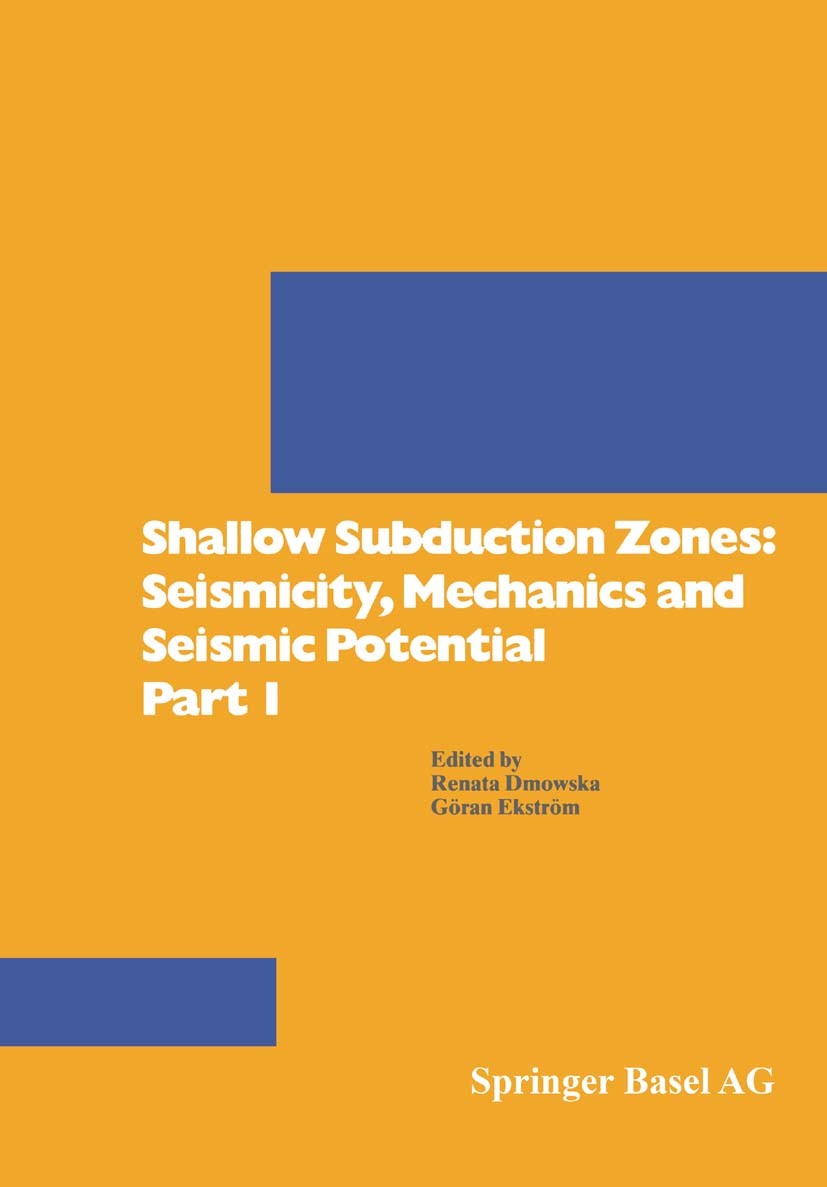| 书目名称 | Shallow Subduction Zones: Seismicity, Mechanics and Seismic Potential Part 1 | | 编辑 | Renata Dmowska,Göran Ekström | | 视频video | http://file.papertrans.cn/867/866325/866325.mp4 | | 丛书名称 | Pageoph Topical Volumes | | 图书封面 |  | | 出版日期 | Book 1993 | | 关键词 | city; earthquake; seismic; subduction | | 版次 | 1 | | doi | https://doi.org/10.1007/978-3-0348-5846-5 | | isbn_softcover | 978-3-7643-2962-4 | | isbn_ebook | 978-3-0348-5846-5Series ISSN 2504-3625 Series E-ISSN 2504-3633 | | issn_series | 2504-3625 | | copyright | Springer Basel AG 1993 |
The information of publication is updating

书目名称Shallow Subduction Zones: Seismicity, Mechanics and Seismic Potential Part 1影响因子(影响力)

书目名称Shallow Subduction Zones: Seismicity, Mechanics and Seismic Potential Part 1影响因子(影响力)学科排名

书目名称Shallow Subduction Zones: Seismicity, Mechanics and Seismic Potential Part 1网络公开度

书目名称Shallow Subduction Zones: Seismicity, Mechanics and Seismic Potential Part 1网络公开度学科排名

书目名称Shallow Subduction Zones: Seismicity, Mechanics and Seismic Potential Part 1被引频次

书目名称Shallow Subduction Zones: Seismicity, Mechanics and Seismic Potential Part 1被引频次学科排名

书目名称Shallow Subduction Zones: Seismicity, Mechanics and Seismic Potential Part 1年度引用

书目名称Shallow Subduction Zones: Seismicity, Mechanics and Seismic Potential Part 1年度引用学科排名

书目名称Shallow Subduction Zones: Seismicity, Mechanics and Seismic Potential Part 1读者反馈

书目名称Shallow Subduction Zones: Seismicity, Mechanics and Seismic Potential Part 1读者反馈学科排名

|
|
|
 |Archiver|手机版|小黑屋|
派博传思国际
( 京公网安备110108008328)
GMT+8, 2025-12-14 15:18
|Archiver|手机版|小黑屋|
派博传思国际
( 京公网安备110108008328)
GMT+8, 2025-12-14 15:18


